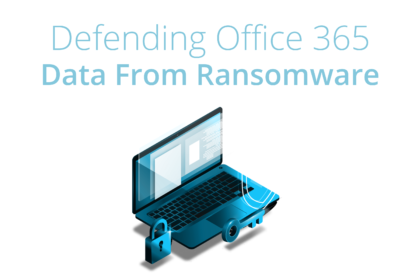
For small to midsized businesses, Microsoft Windows based systems remain dominant. Windows continues to be the operating system most widely used on desktops and laptops. And Microsoft Office remains the most widely used work office suite.
So it’s no surprise that Windows systems remain the top target for ransomware attacks, too. A stunning 100 percent of IT professionals reported they had seen Windows systems infected by ransomware.
The collaborative capabilities of Office 365 make ransomware defense and ransomware solutions more challenging. Before Office 365, you wrote a Word document on your laptop, saved it on your system or file server, then emailed it as an attachment to share outside your organisation. Copies of your file could exist in several places: your laptop, a file storage server, your sent email, and the inbox of the recipient.
Thanks to shared files and OneDrive sync, your files may be in more places than ever. A user that shares a document with colleagues can end up with copies on multiple laptops. Each person with editing access might sync a copy to their system. When one person gets ransomware, files get encrypted and the encrypted versions sync through to everyone else. The same is true for Sharepoint Online. As most business-critical data is created in Sharepoint Online libraries, it’s important to note that ransomware is easily spread there via the sync client.
In fact, 29 percent of IT professionals reported their clients had encountered ransomware that targeted Office 365. It takes just one visit to a malicious site, one accidental download, or one infected attachment to unleash ransomware.
To learn more strategies and tactics that will help protect from ransomware, check out Datto’s eBook: Defending Office 365 Data from Ransomware.






